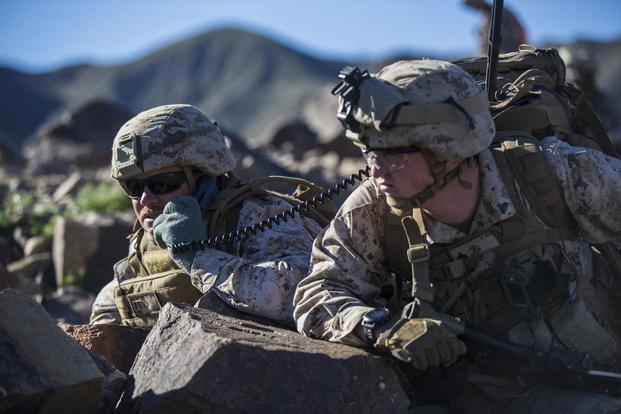Air Force Research Labs is working on a problem that used to drive former Lt. Gen. Ben Hodges up a wall when he was commander of U.S. Army Europe: the radios.
"It's something that has bedeviled me for at least three years," he said of the lack of secure interoperability between field radios used by U.S. troops and those of NATO allies.
"They cannot talk to each other securely," Hodges said at an Association of the U.S. Army event just before retiring in 2017.
It's years from being fielded, and significant cybersecurity problems remain to be solved, but the Air Force is making progress on the next-generation Software Defined Radio (SDR), Michael Gudaitis, a principal engineer at the Air Force Research Lab, said Thursday at the Pentagon's annual "Lab Day" showcase for emerging military technology.
The Air Force Lab Day brochure said the Defense Department "uses many different methods and technologies to communicate, most of which are not compatible out of the box."
SDR is aimed at bringing about a "change in the communications landscape, using an agile software development process to eventually enable all warfighters and machines to communicate with each other," the brochure states.
In assessing Hodges' dilemma, Gudaitis said that the U.S. and NATO troops "may all use the same frequency, but they still can't talk to each other. It's a matter of getting the bits aligned correctly."
He said it's difficult to change hardware alignments, but software is "literally like an app" that can be installed to allow communication.
Most allied radios use the same frequency band, he said, adding that the solution might be to "reprogram ours to work with them."
But the problem with securing communications would remain, Gudaitis said.
Another problem is cost, he added. Radio equipment is expensive, and making it able to withstand the rugged wear it would receive in the military makes it even more expensive.
Gudaitis said a military radio is two to three times more expensive than a commercial one.
The Software Defined Radio offers "the promise of being capable of adopting software-driven advances such as artificial intelligence and machine learning," Air Force Labs officials said.
The SDR program began in 2015, and testing has gone on every year since 2016 at the Air Force Labs site in Stockbridge, New York, Gudaitis said.
He said it is possible SDR could become a program of record within three years but cautioned that "we still have to address the cybersecurity policies."
That's a problem of finding the right balance between interoperability and security, he said. "That's still a work in progress."
-- Richard Sisk can be reached at Richard.Sisk@Military.com.











